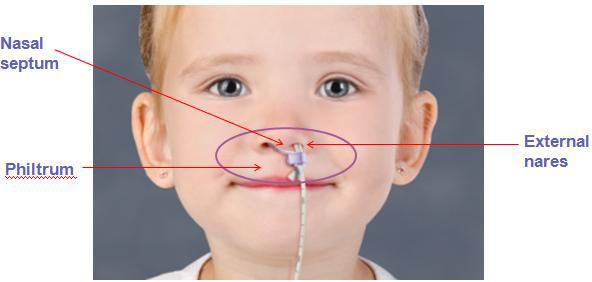
Image Source: Google
Mastering the essentials of nasogastric tube bridle placement is crucial for healthcare professionals who regularly care for patients with nasogastric tubes. Nasogastric tubes are commonly used in medical settings to deliver nutrition, and medication, or to facilitate decompression of the gastrointestinal tract. However, securing these tubes in place can be challenging, especially in patients who are agitated or confused. This is where nasogastric tube bridles come into play. If you are looking for the best nasogastric tube bridle services then you should navigate to this website.
A nasogastric tube bridle is a simple device that helps to secure a nasogastric tube in place, preventing accidental dislodgement. It consists of a loop of tape or soft material that is threaded through the nostrils and around the tube, effectively creating a leash-like system to keep the tube in place. Proper placement of the bridle is essential to ensure the tube remains secure and functional.
When placing a nasogastric tube bridle, it is important to follow a systematic approach to ensure success. The first step is to prepare the necessary materials, which typically include tape, scissors, and an appropriately sized nasogastric tube bridle. It is important to choose a bridle that is soft and comfortable for the patient, as well as durable enough to withstand movement and tension.
Next, assess the patient's condition and level of consciousness to determine if they are able to tolerate the bridle placement procedure. It may be necessary to enlist the help of additional staff members or use sedation techniques to facilitate the process in particularly difficult cases. Once the patient is prepared, explain the procedure to them and obtain informed consent before proceeding.
Before beginning the bridle placement, ensure that the nasogastric tube is correctly positioned in the stomach or intestines. This can be confirmed by auscultating for gastric or bowel sounds, or by obtaining an X-ray to visualize the tube placement. Once the tube position is confirmed, gently secure the tube to the patient's nose using tape or adhesive strips, being careful not to cause discomfort or skin irritation.
Now comes the critical step of threading the bridle through the nostrils and around the nasogastric tube. Start by measuring the appropriate length of tape needed to create the bridle loop, ensuring that it is neither too loose nor too tight. Thread the tape through one nostril, across the bridge of the nose, and out through the other nostril, creating a secure loop around the tube.
Once the bridle loop is in place, adjust the tension to ensure that the nasogastric tube is held securely without restricting airflow or causing undue pressure on the nostrils. It is important to periodically check the bridle placement and adjust as needed to maintain proper positioning and comfort for the patient.
After securing the bridle, carefully trim any excess tape or material to prevent it from becoming tangled or causing irritation. Finally, document the bridle placement in the patient's medical record, noting the date, time, and any relevant details about the procedure. This information is essential for tracking the patient's progress and ensuring continuity of care.
In summary, mastering the essentials of nasogastric tube bridle placement is a valuable skill for healthcare professionals who care for patients with nasogastric tubes. By following a systematic approach and ensuring proper technique, healthcare providers can effectively secure nasogastric tubes in place and minimize the risk of accidental dislodgement. With practice and attention to detail, healthcare professionals can confidently and safely perform nasogastric tube bridle placement, improving patient outcomes and overall quality of care.